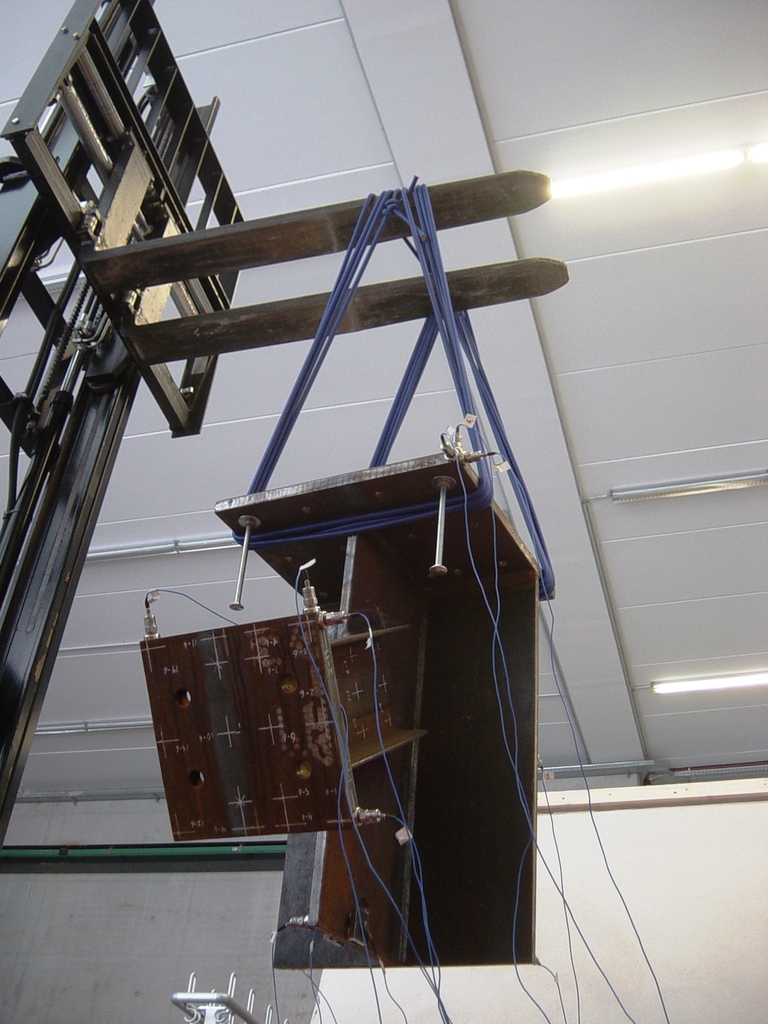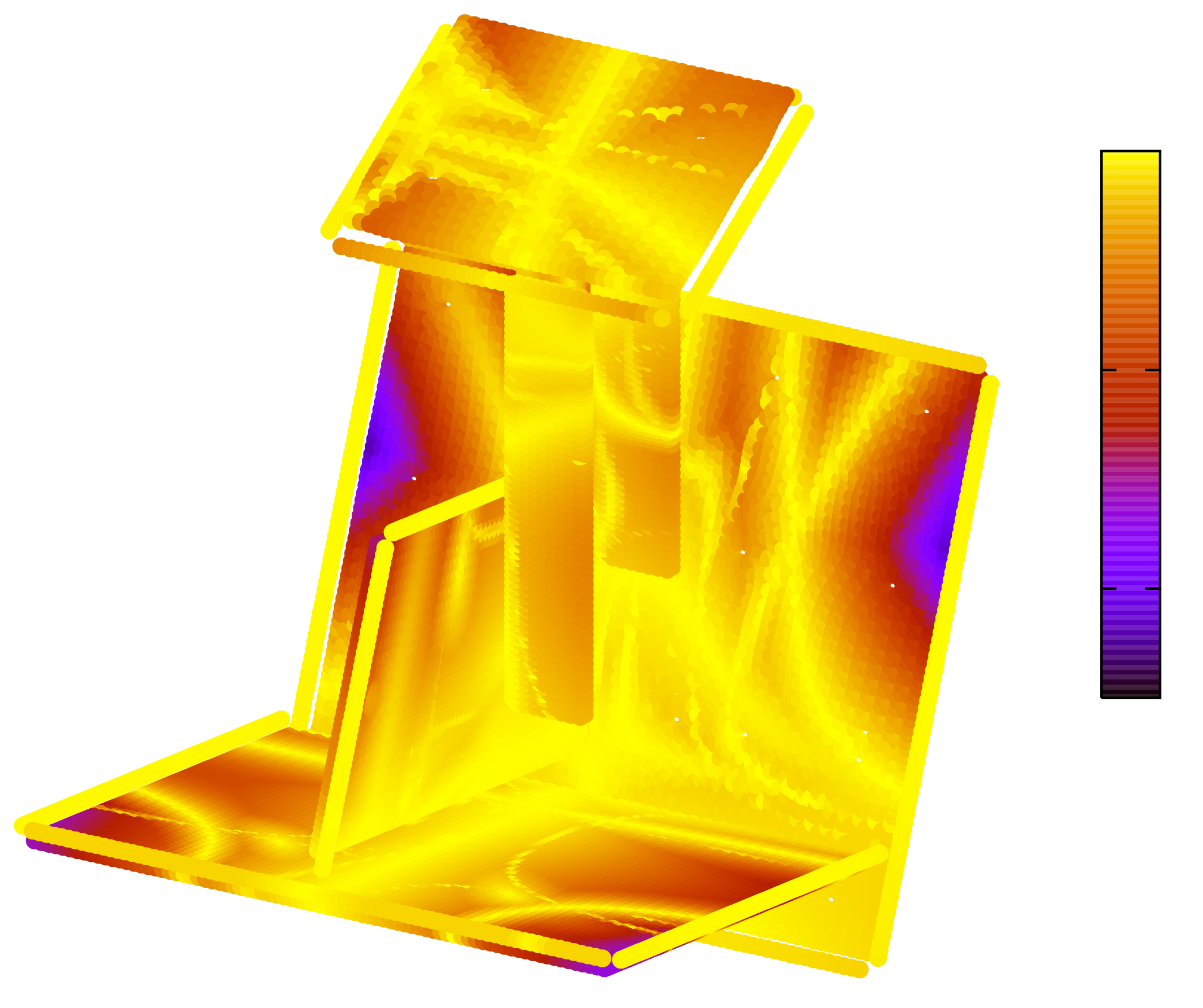DETAILS - DEsign for opTimal assessment of high-speed rAILway bridges by enhanced monitoring systems
Project duration: July 2006 - June 2009
Coordinator: Nicola Blasi, ILVA S.P.A., Italy
Project partner: VCE Holding GmbH, Dillinger Hüttenwerke, RWTH Aachen, Universita Degli Studi di Pisa, Katholieke Universiteit Leuven, LMS International, Methodes Ingenierie Ouvrages, Bauhaus-Universität Weimar
This European research project has been funded by the EU Research Fund for Coal and Steel
Steel-concrete composite bridges are an important alternative to concrete bridges due to considerable advantages regarding the design, construction time, durability and costs. They are largely exploited in high-speed lines of the European railway networks even if a lot of still open problems in design and management limit their exploiting. The project aims to remove actual uncertainties on dynamic effects and interaction phenomena, fatigue loadings, structural modeling, fatigue life and damage assessment. What's more, such results will allow to set up an innovative design approach, able to minimize life-cycle costs guaranteeing adequate safety level and working conditions.

 Fig. 1: Experimental setup to identify the optimal reference sensor positions (left). Numerical precalculations for the identification of optimal reference sensor positions (right).
Fig. 1: Experimental setup to identify the optimal reference sensor positions (left). Numerical precalculations for the identification of optimal reference sensor positions (right).
One of the main outcome of the project was a procedure to identify optimal reference sensor positions.
Selected publications
M. Brehm, V. Zabel, C. Bucher: An automatic mode pairing strategy using an enhanced modal assurance criterion based on modal strain energies, Journal of Sound and Vibration, 329(25):5375-5392, December 2010. doi:10.1016/j.jsv.2010.07.006
G. De Roeck, V. Zabel, M. Brehm, K. Liu, E. Reynders: Algorithms for structural identification and damage detection of steel-concrete composite bridges. In Proceedings of Final Workshop DETAILS: DEsign for optimal performance of high-speed rAILway bridges by enhanced monitoring systems, Lucca, Italy, December 9-11 2009.
V. Zabel, M. Brehm, R. Cantieni: Modellanpassung einer Eisenbahnbrücke für den Hochgeschwindigkeitsverkehr. In Proc. 3. VDI Fachtagung Baudynamik, Kassel, Deutschland, 14.-15. Mai, 2009.
V. Zabel, M. Brehm: System identification of high-speed railway bridges. In Proc. of Weimar Optimization and Stochastic Days 5.0, Weimar, Germany, November 20-21, 2008.
V. Zabel, M. Brehm: Dynamic testing and numerical modeling of a typical short span high-speed railway bridge. In Proc. of 4th International Conference on Bridge Maintenance, Safety, and Management (IABMAS), Seoul, Korea. July 13-17, 2008. doi: 10.1201/9781439828434.ch78
T. Rauert, B. Homeister, R. Cantieni, M. Brehm, V. Zabel: Experimental modal analysis of a twin composite filler beam railway bridge for high-speed trains with continuous ballast. In Proceedings of 4th International Conference on Bridge Maintenance, Safety, and Management (IABMAS), Seoul, Korea, July 13-17 2008.
R. Cantieni, M. Brehm, V. Zabel, T. Rauert, B. Hoffmeister: Ambient Testing and Model Updating of a Filler Beam Bridge for High-Speed Trains. In Proc. of EURODYN2008, July 7-9, 2008, Southampton, GB.
R. Cantieni, M. Brehm, V. Zabel, T. Rauert, B. Hoffmeister: Ambient Testing and Model Updating of a Bridge for High-Speed Trains.
In Proceedings of IMAC-XXVI, February 4-7, 2008, Orlando, Florida USA
[Abstract]